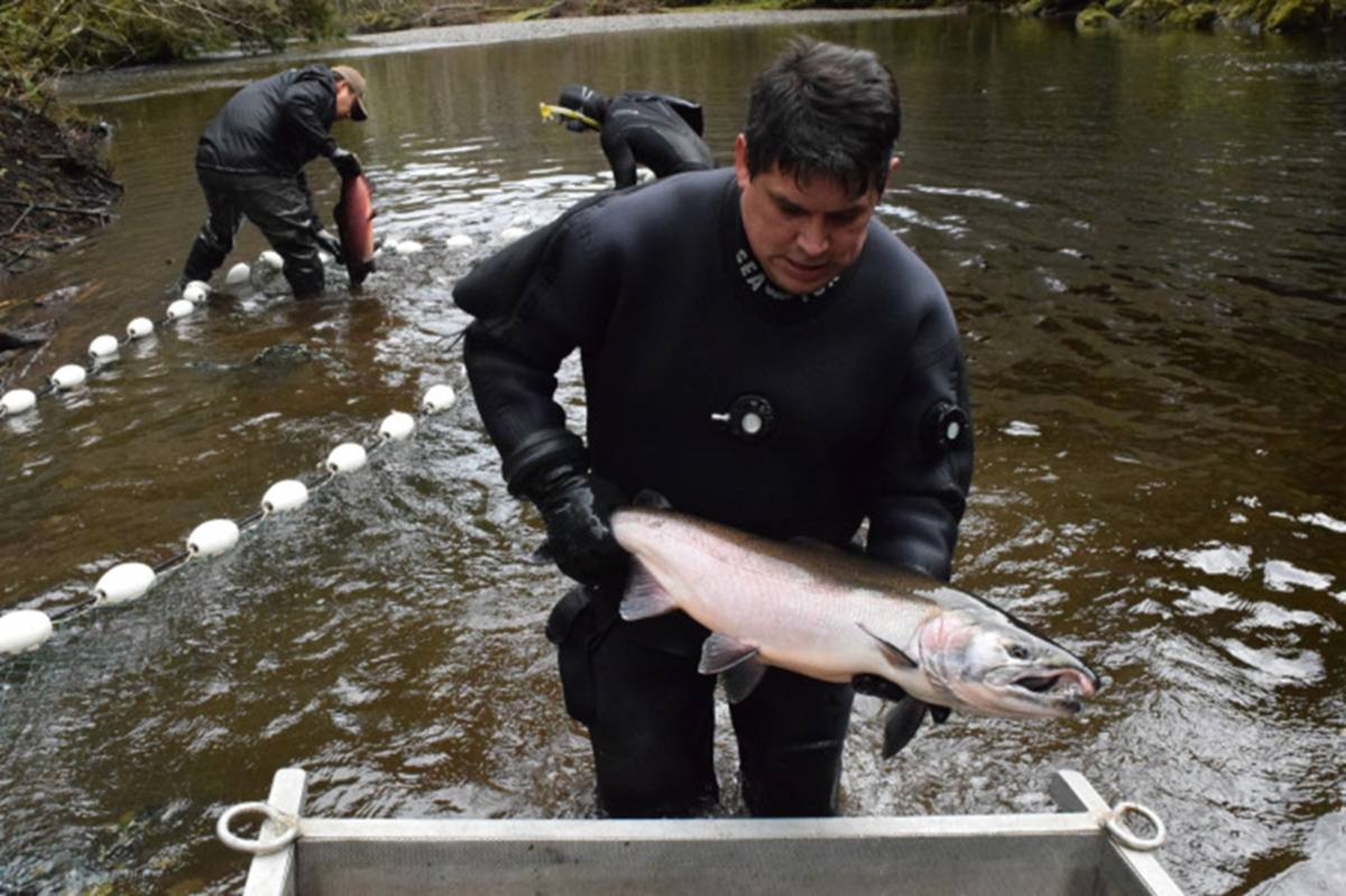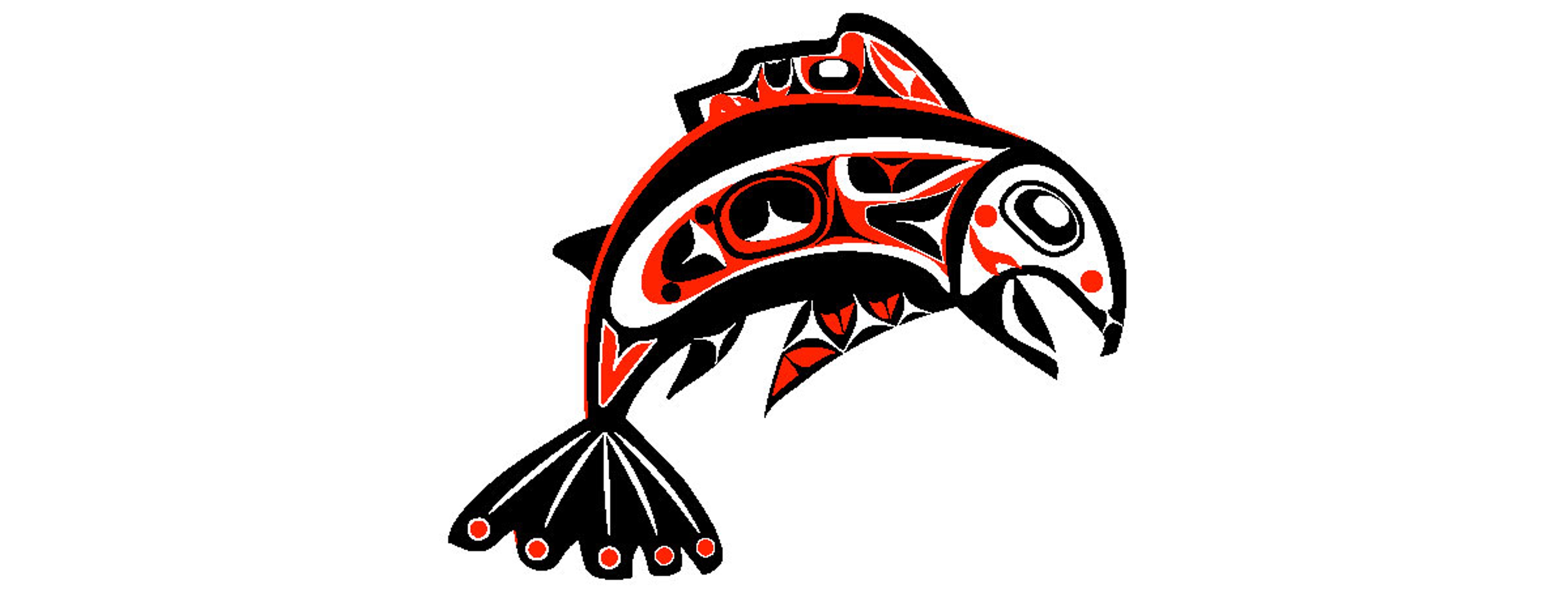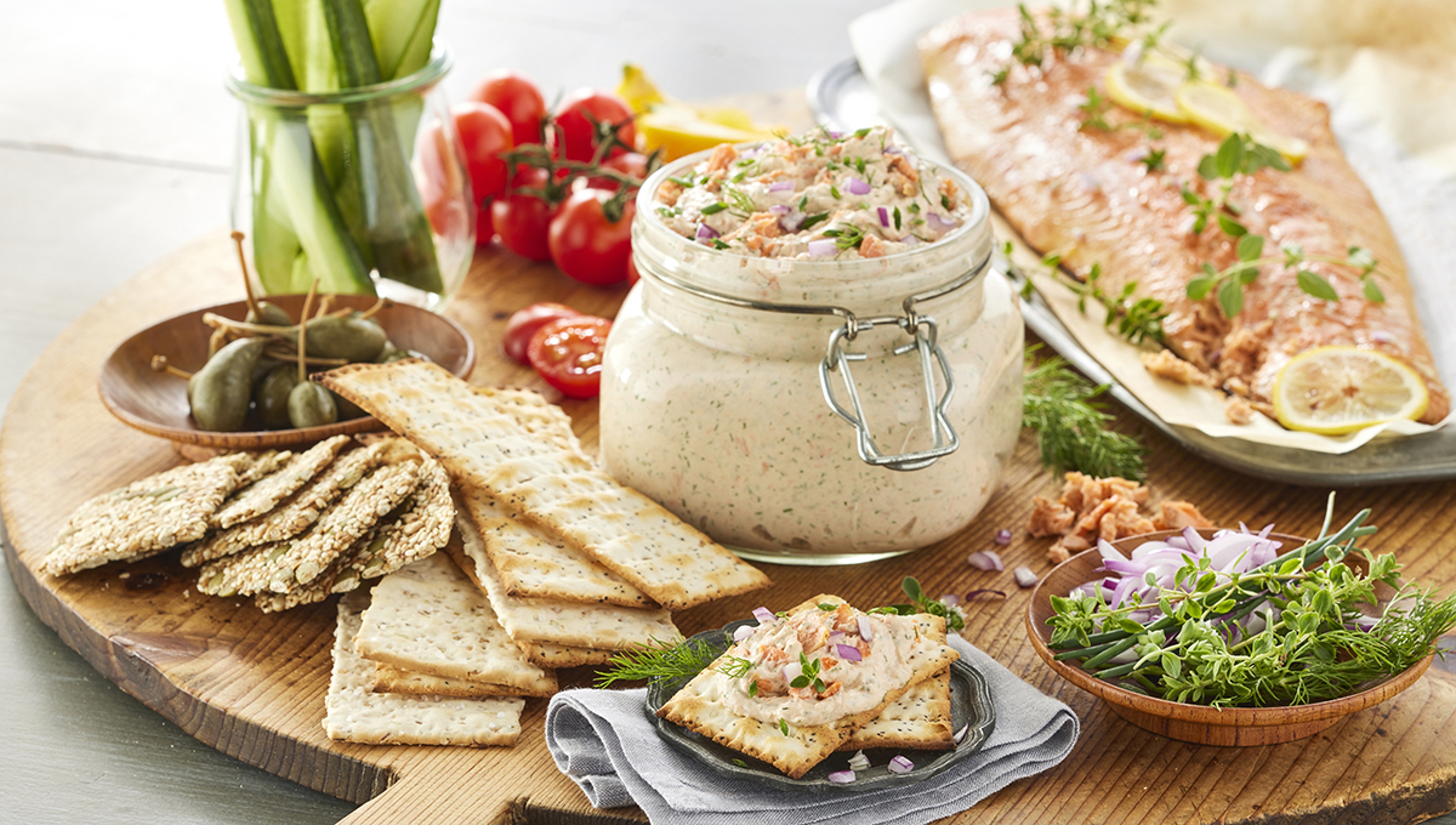The Myth of Salmon Boy
A Pacific Northwest tribal tale in which Salmon Boy learns respect for nature, a lesson we are learning to this day.
Apr 30, 2022
The story of Salmon Boy illustrates that salmon were and are holy to the indigenous people of the Pacific Northwest. To honor their main, essential source of sustenance and strength, they created stories and ceremonies that mark the salmon run.
The modern view is that salmon are born in freshwater, migrate to live in the ocean as adults, and return to freshwater rivers to reproduce in their own spawning beds. Where they die.
But native people saw this mighty fish differently. Salmon live forever, said the people who needed them to survive.
The Salmon People
The old stories held that salmon in the ocean live in human form. The ocean, in turn, was something like the remote spire of Mount Olympus where the ancient Greek and Roman Gods dwelled. The immortal Salmon People put on their “salmon skin" in the spring to feed the people as a gift.

In gratitude, every spring when the salmon return to their local rivers, the people of the Pacific Northwest hold “first salmon" ceremonies. The ceremonies vary. Among the coastal Salish, just one fisher is chosen to catch the first salmon, a great honor. Before entering the river, this fisher receives a purifying blessing. He uses a spear to catch the first salmon and brings it to shore to be ceremonially cooked and distributed to the people with customs unique to the location and tribe. Its bones are carefully cleaned and returned to the river, with the head kept pointed upriver to show the salmon's spirit the way home.
There are several myths connected to these ceremonies that explain mysteries like, for example, why steelhead return in their own bodies to the ocean (this species, in fact, doesn't die after spawning).
Bad boy made good
The best-known myth from this region is of the “Salmon Boy." Told by the Haida, who come from islands off the north coast of British Columbia, it explains what happens when salmon are treated with disrespect.

The tale: Once there lived a boy who was stronger and more handsome than any of the other children. His mother made him a copper charm for protection. She hung it on a leather cord and placed it around his neck.
Other children feared him. He bullied them and played tricks on them. Worst of all, he was disrespectful to the salmon. Everyone knew that when they took the bodies of the Salmon People from the river to eat, they must return even the smallest bones to the river. If any bones were missing, when the Salmon People swam back to the ocean and changed into their human form, they would be crippled and in pain.
But this boy threw the bones away carelessly. One time when his mother served him a meal of salmon, he rejected it for no good reason, throwing it all on the ground.
It was the month of the first rain, the season of the salmon run. The village children all swam close to shore in respect.
But the disrespectful boy swam out to the middle of the river to show off. A giant whirlpool caught him. He spun around and sank down deep to the bottom of the river, where he drowned. Salmon circled around him, and said, “You will come with us."
Out in the ocean, the Salmon People appeared to him in human form and named him “Salmon Boy."
They were kind to the boy and taught him respect and kindness. When he was ready, they showed him their most secret mysteries and he became a shaman.
Salmon Boy returns
One spring, it was time for him to swim with the salmon to his old village.
As his mother stood by the shore holding her net, Salmon Boy swam into it. She recognized the copper charm around his neck and knew he was her son, who had disappeared long ago.
The villagers helped her carry the heavy fish back to her hut made of marsh reeds. She held the fish in her arms and rocked him and wept, prayed and sang, for eight days. Gradually he began to shed his salmon skin. First, his head emerged. Then, after eight days, he shed all of the skin and was a human again.
Salmon Boy taught the people what he had seen. “I can't stay with you long," he said, “You must remember what I teach you."
One day, as Salmon Boy stood by the water, he saw a huge old salmon floating toward him, so thin and worn he could see through its sides. He recognized it as his own soul and he thrust his spear into it. He immediately died.
The people knew what to do. They placed his body in the river. It circled four times and sank, as his soul returned to his home in the ocean among the Salmon People.
Stories like these, from the people who know salmon best, remind us that we should never take the source of our precious food for granted, and we owe similar respect to the natural world from which it comes.







